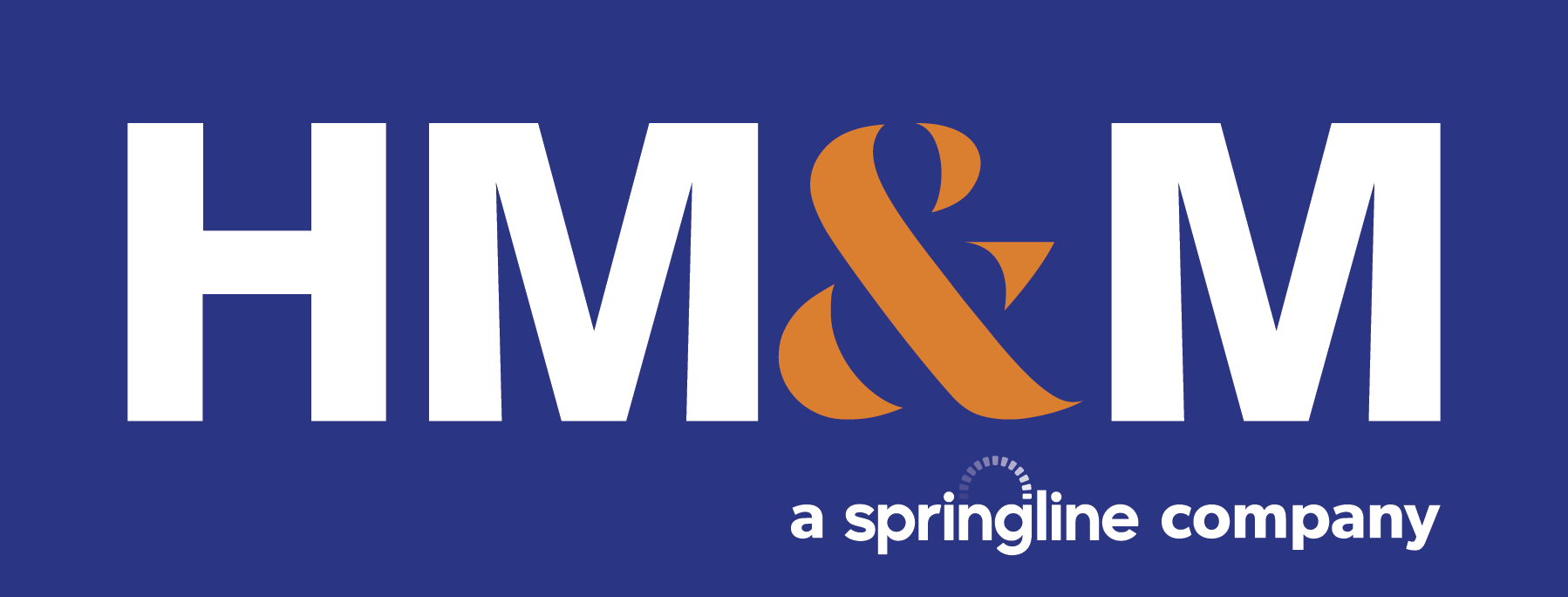In early 2016, the FASB issued ASU 2016-02, Leases (ASC 842). The new leasing standard was effective January 1, 2019 for public companies. Although the FASB recently deferred the effective date of the new standard for private companies to 2021, that date will be here before you know it, and there is much to be done, both to prepare for adoption and to operationalize the provisions going forward.
The most significant impact of the new standard is the balance sheet recognition of assets representing the right to use leased assets, plus related liabilities representing obligations to make future lease payments. Under previous GAAP, lessees recognized capital leases on the balance and disclosed operating leases as off-balance sheet arrangements. The new standard requires a lessee to recognize right-of-use (ROU) assets and related lease liabilities on the balance sheet for virtually all leases regardless of classification.
More and more retailers and restaurants choose to lease their store locations rather than owning them. However, leasing isn’t limited to real estate, as many companies also choose to rent various equipment, including smart safes, security cameras and other operating equipment. As a result, leasing is a significant activity for most retail and restaurant companies, and the adoption of the new leasing standard will likely result in a significant change to their balance sheets.
Although the initial recognition of lease assets and liabilities will result in a significant change to the balance sheet, the new standard is not expected to significantly impact the income statement recognition of lease expense. However, that doesn’t mean that subsequent accounting under the new standard will be simple. Some of the complexities associated with applying the new leasing guidance on an on-going basis are:
- Reassessment events – When should an existing ROU asset and lease liability be reassessed and remeasured? Lease renewals and other modifications, as well as changes or updates to the underlying leased asset, such as store remodels, may result in the need to remeasure the ROU assets and lease liabilities.
- Impairment events – With leases now recognized on balance sheet, asset groups contain additional assets (ROU assets) that must be assessed for impairment. Unfortunately, underperforming stores are a fact of life in the retail and restaurant industries, and the recognition of ROU assets and lease liabilities add substantial complexity to the related impairment assessments.
For a more in-depth discussion of the new standard and the varying impacts on retail and restaurant lessees,
contact us.
Latest News
On June 9, the IRS released Announcement 2022-13, which modifies Notice 2022-3, by revising the optional standard mileage ...
At the tail end of 2021, the Internal Revenue Service (IRS) released new Schedules K-2 and K-3 effective ...
This information is current as of Sunday, November 21, 2021. On Friday, November 19, 2021, after the Congressional ...
HM&M Updates
DALLAS, Dec. 11, 2024 – Springline Advisory, a trailblazing financial and business advisory firm, is proud to announce its partnership ...
Last month, Senior Manager, Pearl Balsara was invited to speak at the 2023 FPA DFW Annual Conference in ...
We are pleased to announce the winners of the 2022 HM&M Excellence Awards. Ronna Beemer, Keith Phillips, and ...










